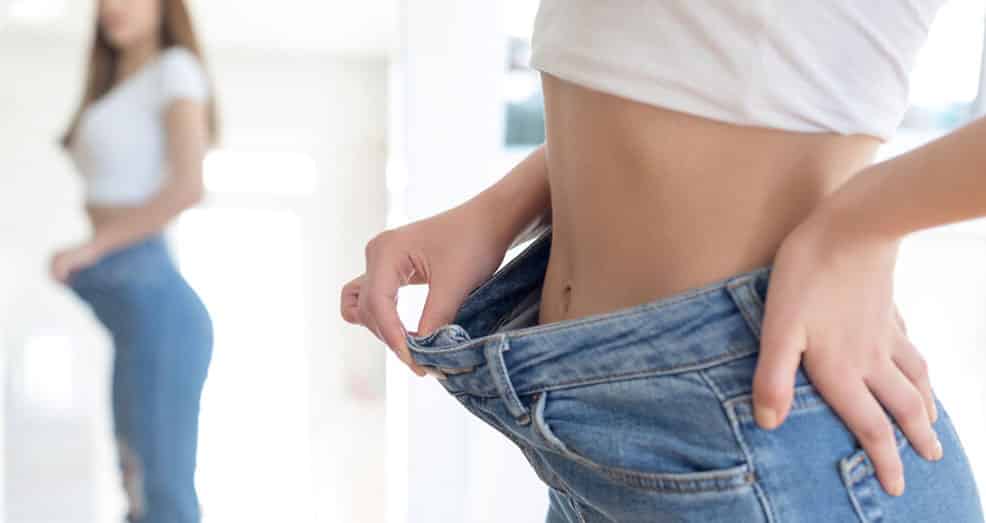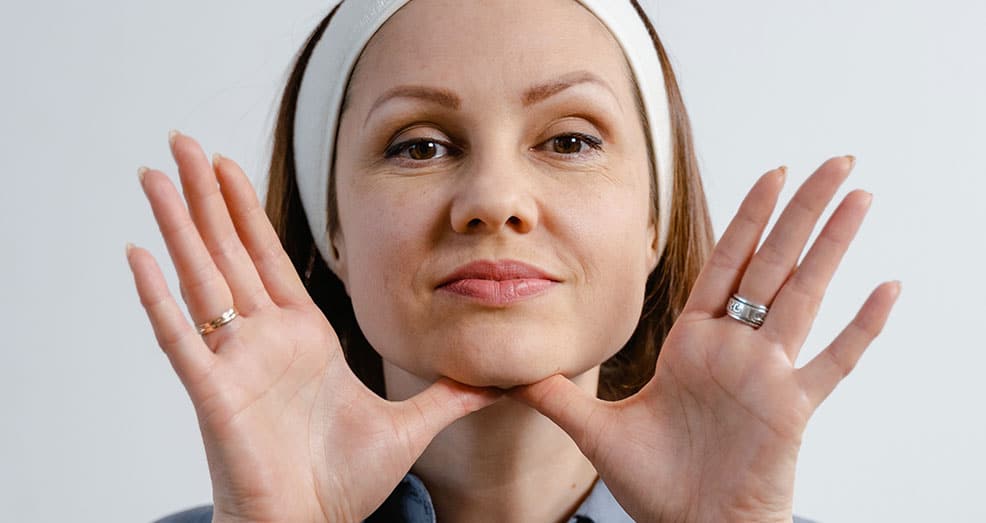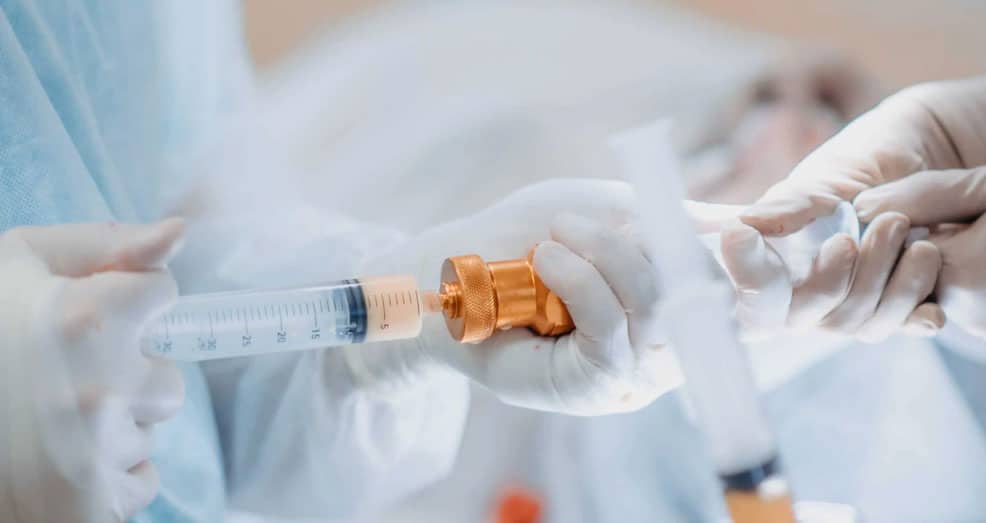Liposuction has always been among the top 5 Cosmetic Surgery Procedures according to statistics from the American Society of Plastic Surgery. Liposuction is a very popular procedure because even the fittest individuals tend to turn to it to get rid of stubborn fat pockets that are unresponsive to exercise and diet.
Another reason why liposuction is so much loved is because of its near-immediate results. This is because it gets rid of the unwanted fat cells instantly, creating the ideal silhouette.
However, many individuals considering liposuction have concerns regarding the longevity of the procedure beyond the initial dramatic results.
Before discussing if the cells can return after liposuction, let’s first look at what liposuction is.
What is Liposuction?
Liposuction is a Cosmetic Surgery procedure that improves body contours by slimming and reshaping the body areas through the removal of excess fat that is resistant to diet and exercise. However, this procedure is not a substitute for proper exercise and diet or obesity treatment.
Liposuction in Dubai is a short surgical procedure with nearly immediate results and minimal downtime. Individuals who have undergone the procedure usually resume regular activity after about two weeks or less.
Although there are different liposuction techniques, they all focus on a single goal: removing fat cells from a localized area of the body. All liposuction techniques involve the use of a cannula and an aspirator to suck out stubborn fat.
During a liposuction procedure, a Plastic Surgeon makes a small incision which is usually around 1 cm. The incision is placed in an inconspicuous place with easy access to the treatment area. The treatment area is flushed with an adrenaline and lidocaine solution to minimize discomfort and bleeding during the procedure while making the fat deposits easier to remove. A cannula is placed into the incision and suction is applied to remove the fat deposits. Ultrasonic energy or a mechanical motorized device can be used to help loosen the fat cells.
Once sufficient fat removal and sculpting are achieved, the treatment area is wrapped with bandaging or a compression garment.
Liposuction can be combined with other procedures such as Fat transfer to increase volume and enhance other body areas.
Can fat return?
The answer is Yes & No. Although liposuction permanently removes fat cells from the body, fat can return if the body weight increases as the remaining fat cells can increase in size.
The ideal results will remain intact and fat will not return if the individual maintains his/her post-liposuction weight.
If after the procedure the individual gains weight, the fat cells can increase in size in all body areas including the treated areas. Although such a weight gain can diminish the results, the overall improved contours provided by liposuction will still be visible. This is because the treatment areas have fewer fat deposits and experience a lower enlargement rate compared to the surrounding areas.
How to maintain your Liposuction results
Maintaining your ideal weight is the most effective way of sustaining your liposuction results. Here are some tips that you can adapt to your lifestyle to help maintain the liposuction results:
- Follow all the post-procedure instructions given by your Plastic Surgeon
- Stay hydrated
- Follow a healthy diet and avoid junk foods
- Exercise regularly
To Know More
Would you like to understand what options are available for Liposuction in Dubai? Meet one of our experts at Al Shunnar Plastic Surgery for a personal consultation to develop a tailor-made plan for you. Contact us or book an appointment and our patient care coordinators will identify the most suitable expert for you.



